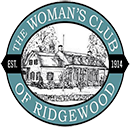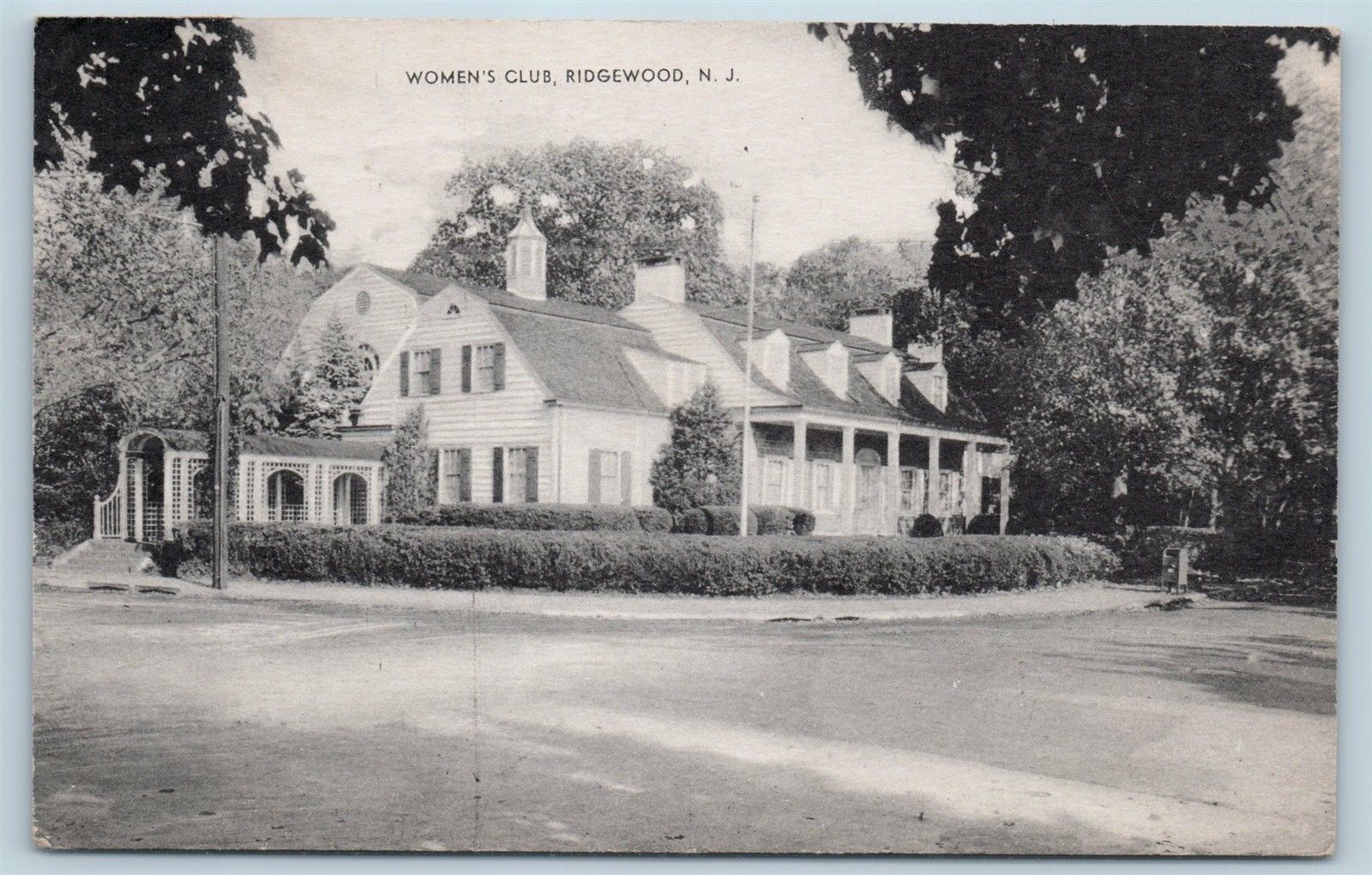The Woman’s Club of Ridgewood History
The Ridgewood Woman’s Club is the oldest member of the New Jersey Federation of Woman’s Clubs (NJSFWC ) founded in 1914. NJSFWC is the largest volunteer women’s service organization in the state of New Jersey and a member of the General Federation of Women’s Clubs (GFWC) an International Organization based out of Washington DC dedicated to community improvement by enhancing the lives of others through volunteer service.
Like the GFWC, The Ridgewood Woman’s Club is a place where members of all backgrounds unite and remain committed to serving together as a force to support arts, preserve natural resources, advance education, and promote healthy lifestyles, through encouragement and understanding as it has done since its formation.
Since 1890, GFWC’s grassroots volunteer impact has been felt throughout communities across the Unites States and the globe. The Ridgewood Woman’s Club embraces this undertaking as a place where people can celebrate and give back to the community. Guests can enjoy our venue and events while knowing they are also contributing to the local charities in need and to our Scholarship trusts that gifts over 20 exceptional college students each year.
Founded in 1914, the Woman’s Club of Ridgewood started as a small group of women who wanted to make a difference in their community. Three years later, members did just that. They sold Liberty Bonds and sewed hospital gowns for the Red Cross during World War I. The building of The Woman’s Club of Ridgewood was constructed in 1928 as a Woman’s Club. It was built with a weathered sandstone front and a gable roof, in the design of a fine Dutch Colonial home. Many architectural details from historic Bergen County homes were incorporated in the building.
Later, during the Depression, the group sponsored a food pantry and a food exchange network. And after learning about a bank in town about to fail, members held an emergency meeting and bought a newspaper ad, proclaiming in large font, the bank had “Plenty of Money.” The advertisement helped prevent tens of people from depleting their accounts and helped save the bank.
In the midst of World War II, the Woman’s Club and other prominent citizens launched a patriotic Fourth of July parade and celebration. The parade, with firetrucks, floats from scout troops and civic organizations, continues today, and is beloved by many for one of the most successful small town parades.
For decades, the organization functioned as two groups, one for older women and one for younger. Recently, in keeping with the philosophy that a range of age difference is viewed as a positive benefit, the two groups merged, providing more camaraderie for all.
The building contains a spacious Ballroom with a stage, brass chandeliers, and graceful 25 foot ceilings. The Ballroom is 65 feet by 40 feet and is large enough to seat up to 200 people comfortably with room for dancing. Twenty 60” round tables and 225 chairs are available for use during rental of the building, as are six and eight foot rectangular tables. There is an attractive bride’s room off the Ballroom.


